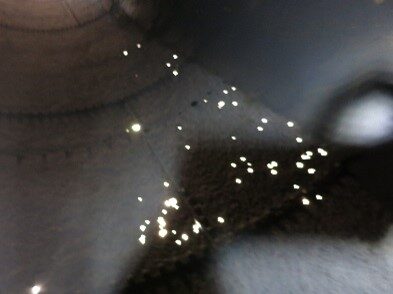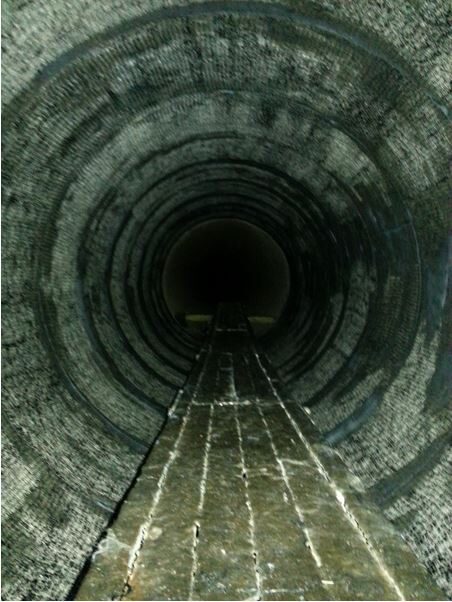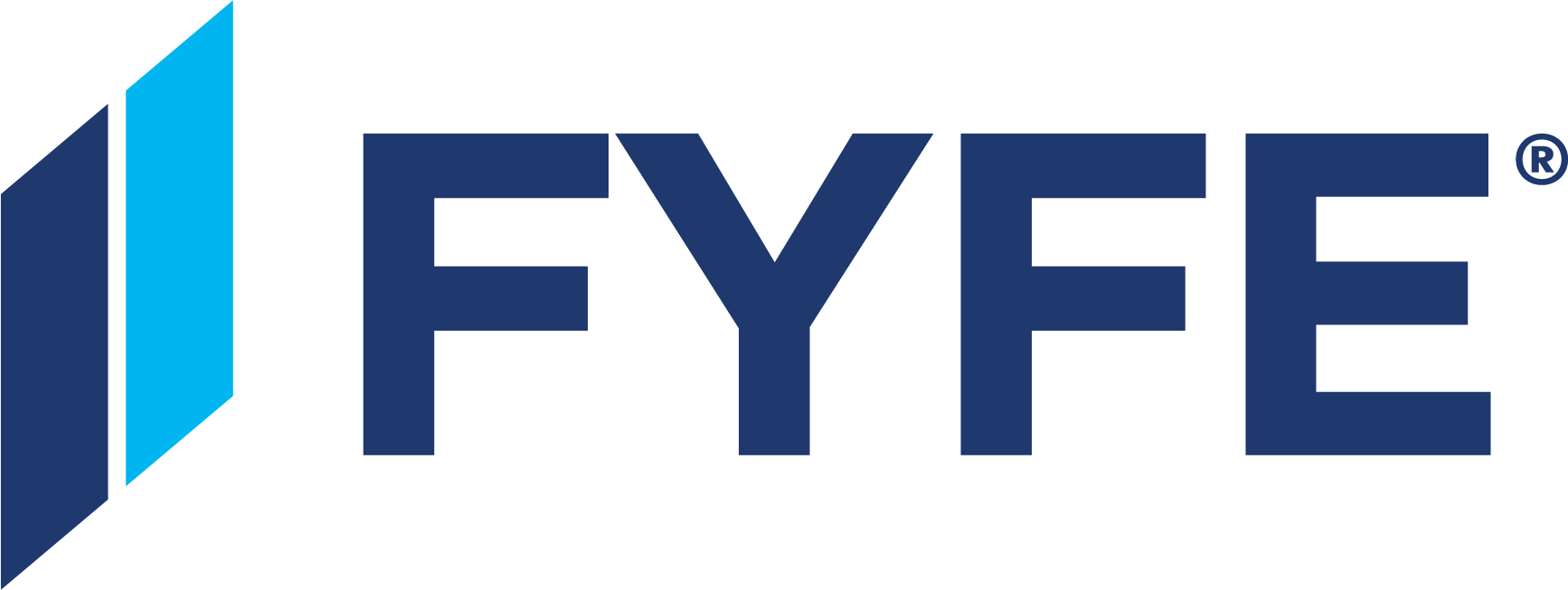PIPE, REHABILITATION, TYFO® SYSTEM
OVERVIEW OF PENSTOCK REHABILITATION PROJECT
The Eagle River Generation Station is a hydroelectric generating station located near the Town of Dryden, Ontario, Canada. Eagle River, in addition to McKenzie and Wainwright stations, provide a combined 3.9 MW of energy to the local power grid. These generating stations make up Dryden Hydro and are owned by the Capstone Infrastructure Corporation. Built in 1920s, the 120-inch diameter riveted steel penstock delivers water from Eagle River to the hydro turbine.
The Eagle River penstock is aboveground, supported on concrete piers and exposed everywhere except for the end terminations which are encased in concrete. KSS Group assessed steel thickness and identified deficiencies, which included severe wall loss and holes through the pipe wall. The assessment concluded that the steel pipe required immediate rehabilitation for a 72.5-feet long section between the intake structure and the powerhouse.
The owner conducted feasibility studies and decided to rehabilitate the deficient pipe sections with Fiber Reinforced Polymers (FRP) instead of using the traditional remove-and-replace options or extensive welding repair options.
DESIGNING THE SOLUTION
Tyfo FRP products were selected to act as a standalone structure without relying on the strength of the host pipe. The full-structural design was completed per the recommendation of the AWWA Draft Standard for CFRP Renewal and Strengthening of PCCP basing the design on load and resistance factor design (LRFD), now AWA C305. Fyfe needed to ensure the design could meet the following demands:
- Working pressure 13-psi
- Working plus transient pressure 26psi
- Vacuum pressure -6-psi
- Soil-cover height 0-ft. (aboveground)
- Water height 0-ft. (aboveground)
- No surface live loads
- Pressure differential of -75oF to 60oF
- Thrust Force
- Ensure Watertightness
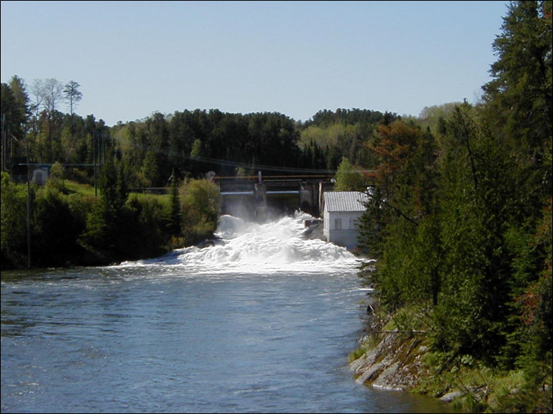
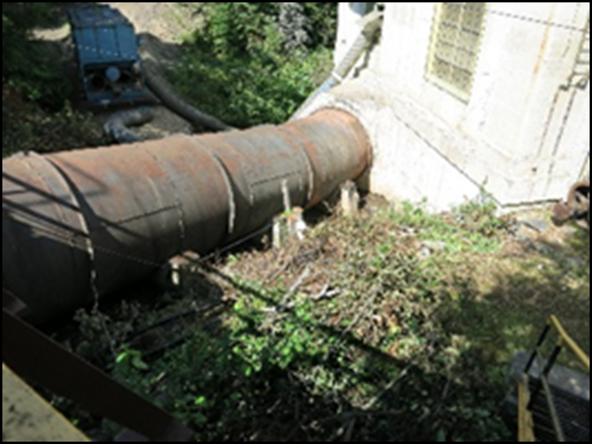
THE FINAL DESIGN COMPRISED OF:
- One layer of the Tyfo WEB (as a dielectric barrier).
- One layer of the Tyfo SCH-41-2X System oriented in a hoop.
- Two layers of Tyfo SCH-41-2X System oriented longitudinally.
- Two layers of the Tyfo SCH-41-2X System oriented in a hoop.
- Finished with thickened Tyfo S epoxy.
INSTALLATION
Once the penstock was dewatered and securely isolated by the owner, the certified FRP installation team accessed the pipe through the upper end of the pipe where the intake structure is located. The materials were then lowered into the penstock using utility ropes and crew access was via specialty scaffolding using during installation operations.
Cleaning and surface preparation was completed prior to the arrival of the certified installers. This preparation was tested per ASTM D4541 standards to ensure it correctly bonded to the steel surface of the pipe.
The FRP repairs were performed during the month of December in Ontario with ambient air temperatures ranging between seven to 33-oF. In order to properly install and cure the FRP products, a site-specific heating plan was developed that included both external tenting & hoarding with heater sources around the penstock, as well as internal dehumidification with supplemental heaters. The heating plan allowed for successful cure of the FRP system with the ability to raise internal temperatures up to approximately 99-oF and accelerate the curing process.
When applying the FRP system over the existing rivet connections, these areas required a more gradual
transition from the steel pipe over the line of rivet heads. Epoxy mortar was sloped at transition areas, followed by thickened epoxy and an additional layer of the carbon fiber was applied for local reinforcement.
An additional specilaized detail was developed for a 24 in. diameter air vent located in the upper end of the penstock near the intake structure. The vent pipe's FRP design differed from that of the penstock design and required additional reinforcement with carbon fiber to strengthen the joint's interface.
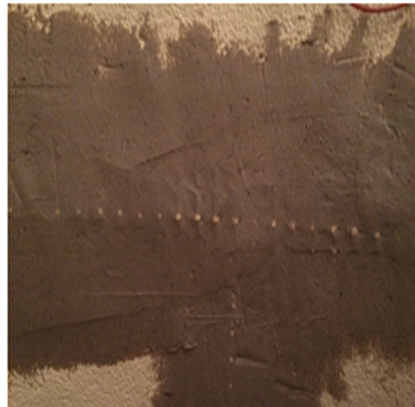
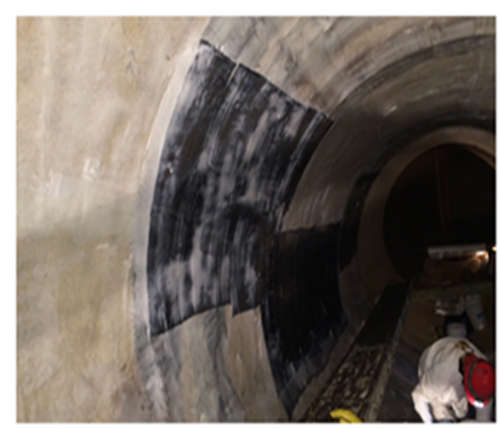
Once the FRP installation was completed a skim coat of thickened epoxy was applied over the FRP material to provide durability and longevity to the repairs. The installation of the FRP system at Eagle River Station was completed in just seven days allowing the owner to return the unit to service.

